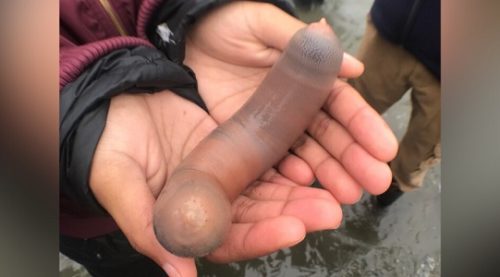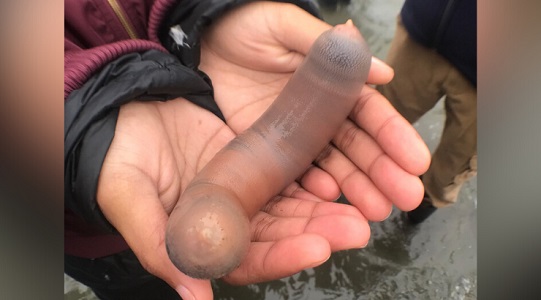Californians around Drake Beach woke up last week to thousands of strange “penis fish” covering their beach.

These creatures, also known as fat innkeeper worms, or Urechis caupo and it is classified as a type of spoonworm.
You can see from this photo why they have also been called “penis fish”.
A couple of these strange creatures would be odd enough but you can see from this Instagram post exactly how many of these “penis fish” invaded Drakes Beach in early December.
The worms are usually found deep under the sand but storms can expose them for a time to predators or to culinary exotics.
Some cultures see the strange fish as a delicacy. In South Korea for example, the dish is known as “gaebul.”
Researchers estimate that an individual fat innkeeper can live for up to 25 years if they manage to avoid predators. As a species, fossil evidence shows that these creatures may have been around for over 300 million years.
